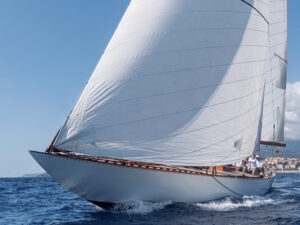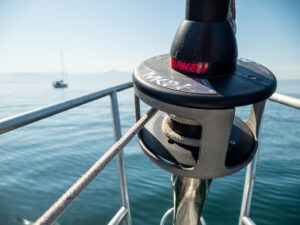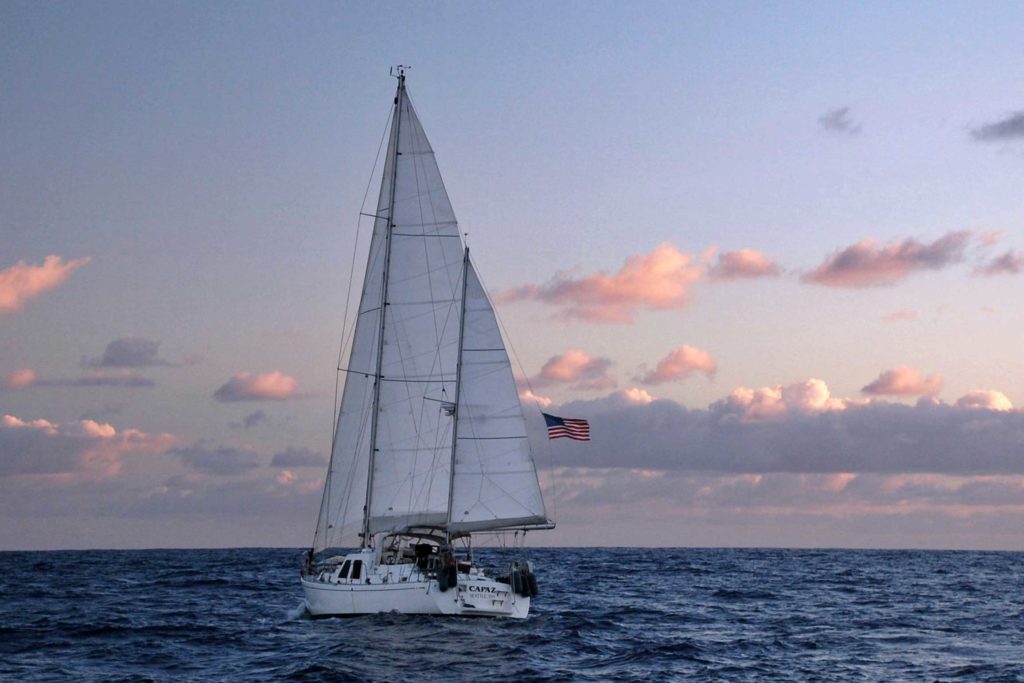
Whether you plan to have a buddy boat or informally fall into it, sharing anchorages and experiences with other cruisers brings welcome companionship to the daily unknowns of the cruising life. It happens naturally, since meeting other cruisers and forming close friendships happen fluidly in our waterborne life. We have spent many memorable evenings with buddy boats playing cards or dominoes, planning snorkeling excursions… as well as plotting routes, fixing gear, and loaning tools. Good friends from Seattle that joined us in Mexico, the Capaz crew, were buddy boats to Totem for much of our second and third years cruising. Our shared experience during those months before they turned back toward the Pacific Northwest from Bora Bora informed a lot about how we look at buddy boating today.
Bluewater Reality Check
Accept up front that you will not remain in proximity on a longer passage. It’s possible, but highly unusual. Staying within VHF hailing range takes meaningful effort. But we want to optimize for crew comfort and efficient sailing, not VHF range!
Despite our performance similarities with Capaz, a custom 48-foot pilothouse ketch, it took adjustments for us to stay in radio range for our mere 250 nautical mile crossing from Baja to mainland Mexico. When we left together from Mexico on an approximately 3,000 nautical mile passage to the Marquesas, we were out of VHF range in less than a day. The day-over-day distance spreads for subtly different courses multiply, putting boats farther and farther apart.
Mutual Support
As cruisers, the mutual assistance of a buddy boat can be invaluable. It may be as simple as sharing knowledge, or as significant as being able to provide a needed spare part. When Capaz arrived in Mexico, about a year after our crew, they could lean on our experience to get oriented. As our travels progressed together, our crews shared information on everything from dolphin sightings to navigating around fishing long-lines to finding supplies in towns that we visited along the way.
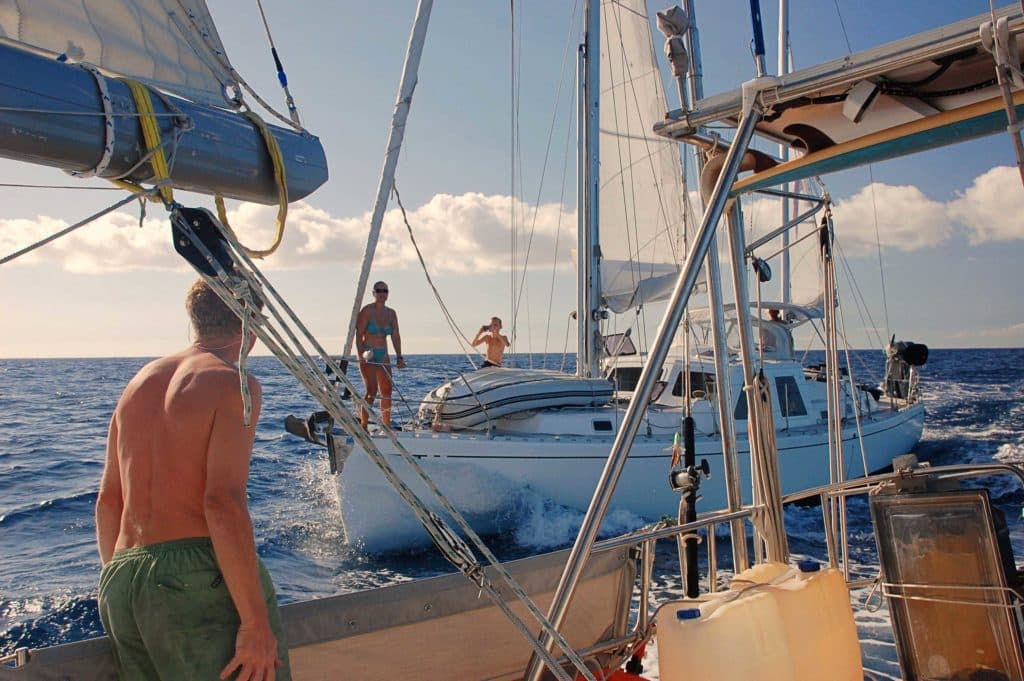
About halfway to French Polynesia, Totem’s SSB radio stopped transmitting. This was pre-Iridium Go: we did not have an alternative to the radio to receive weather data, so the weather forecasts that Capaz reported for us to hear were invaluable. Even with a functional radio, our nascent skills with weather interpretation meant studying forecasts was often better accomplished with two heads instead of one. We compared notes, shared different source data, or contemplated the best route for a given passage.
The Hard Part
Like any partnership, the relationship only has a chance if both parties share in the decisions and benefits. Having open communication about plans and goals for buddy boating helps to ensure clear expectations: withhold them, and resentment can take root. We’ve seen instances where buddy boaters seemed to be together more out of habit than happiness. Sometimes it seems timelines and destinations are one sided; especially when one crew has a lot more experience than the other. Style differences can chafe, when cruisers with a schedule keep company with those that don’t own a watch.
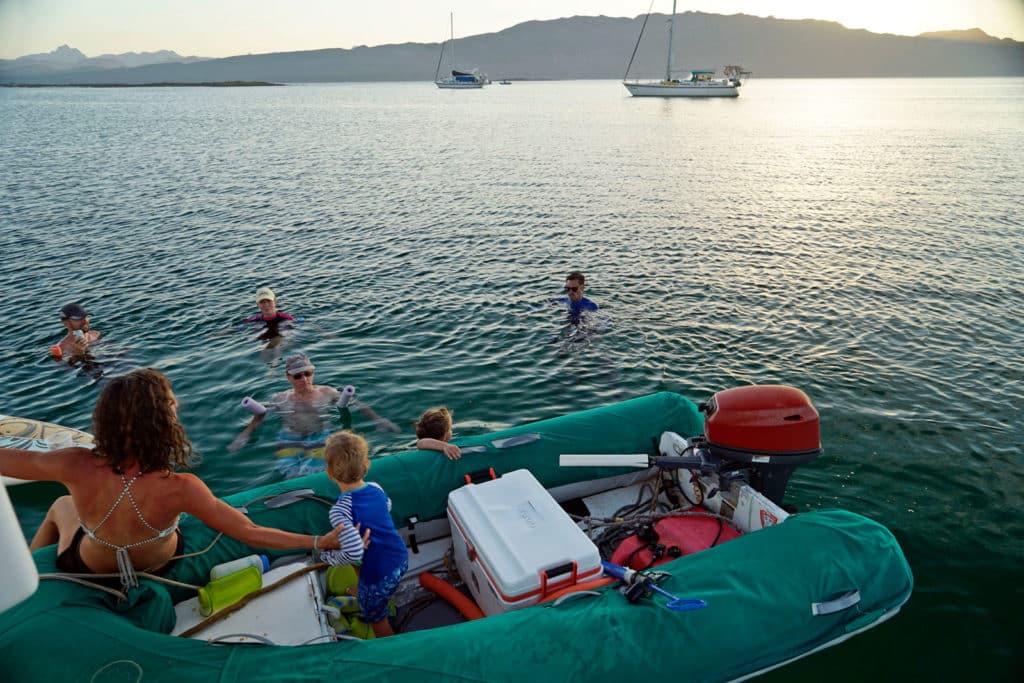
Bungee Boating
Over rum drinks in the cockpit one velvety warm Polynesian night, we joked with Capaz that it’s best to think of buddy boating with a bungee, instead of a chain. What ports will you visit, and for about how long? Our priorities sometimes diverged, and we’d part with plans to meet up later. Nobody wants to feel locked in, so establish inflection points in the journey where you may continue together – or part on good terms. This concept of bungee boating makes a lot of sense, and when we fall into company with others, it’s how we like to talk about the concept of staying in touch, rather than in lockstep.
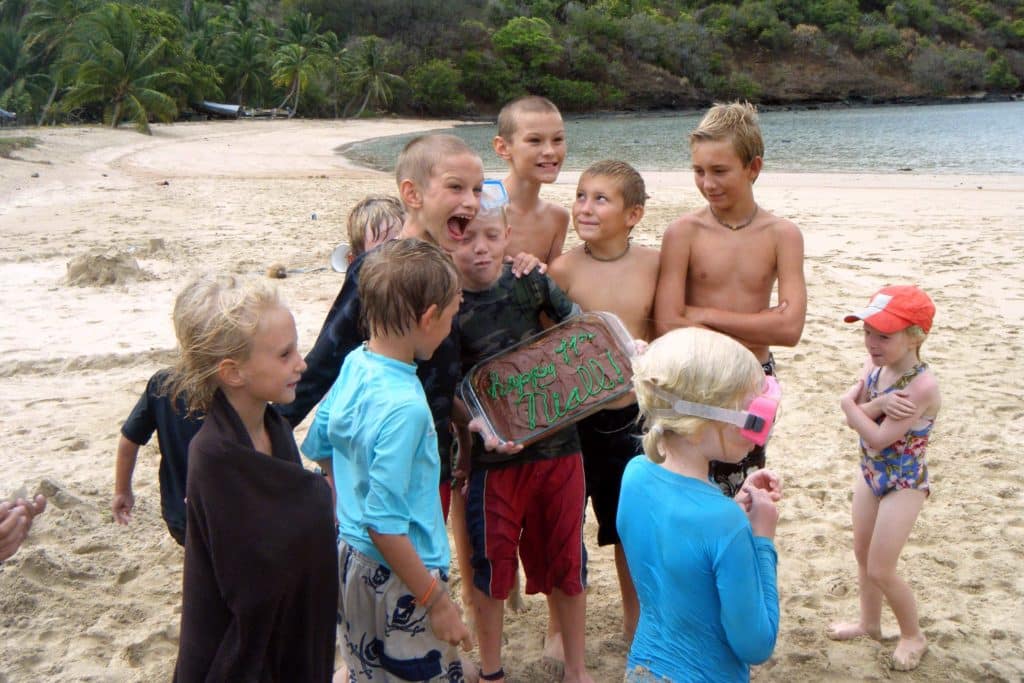
In our 13 years cruising so far, we’ve sailed many stretches alone and many with a buddy boat (or five!). Each has a place. OK – so kids almost always prefer when other kids are around! Buddy boating can be enriching and fun, and at times comforting to have a known quantity in an unknown place. What it’s not? A substitute for self-reliance. Regardless of the skills of your friend or neighbor, most of the time you’re the one who will be fixing what’s broken.
Some weeks back, I sent thoughts on buddy boating to Andy Cross for this article in the current issue of 48° North. He’s combined insights from five experienced cruisers in The Buddy System.
The Annapolis Boat Show
It’s on! Jamie and I will join for the duration, from Cruisers U on Oct 11th through the last day of the show, Oct 18th. Our classes are sold out, but find us in The Boat Galley’s booth 2-4 p.m. most afternoons (strategically located across from the gin barge!). We’ll have a meetup with dozens of coaching clients on the 15th: if you’ve been on the fence about signing up, it’s a great time!

